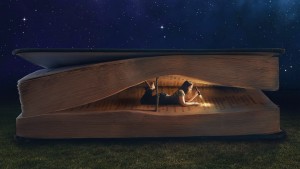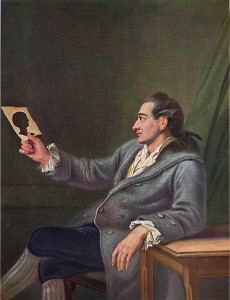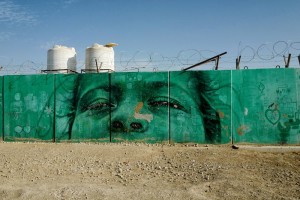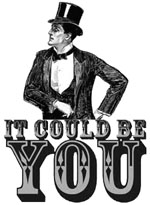The following post was originally published on the BU Culture Shock blog.
Read Emmy Parks post, God is a Canine. Emmy lands on a conclusion that Id like to start with: What is God spelled backwards? Dog. God is with us, anyways. God is a dog. God is a dog. Or, ratherand here Id like to launch from the starting point of Emmys conclusiondogs themselves are God, a part of God that cant rightly be separated from the whole.
Think of it like The Conference of the Birds, my favorite book from my CC 102 class last semester. Dogs are like the Simorgh: they are four-legged kings that both emit and absorb love; they are the physical embodiment of the mirror inside our hearts that collect and reflect love. What I mean by that is when you gaze lovingly at your dog (or am I the only one who does this??) and he gazes at you back, there is a capturing and echoing of sentiments. Instead of saying I love you out loud, youre sending your love out in a beam that lands in and reflects off of his heart.
I keep calling this love, but I dont mean it in the traditional sense. Recently, I picked up a book titled The Culture Clash: A revolutionary new way of understanding the relationship between humans and domestic dogs by Jean Donaldson. I just gave a few chapters a cursory glance through, but I was struck by one passage in particular. To summarize, Donaldson basically says that dogs are just input-output machines that perform tasks in exchange for positive reinforcement, and humans just project anthropomorphic qualities onto their dogs. Dogs arent motivated to perform out of love, but rather the desire to be rewarded. However, that doesnt mean that dogs dont love. Their love, though, is more like an energy. Their energy is white lightthe unification of all emotions. We, human beings, have fractured our energy into separate emotions like the prism that separates white light into the colors of the rainbow.
What Im saying makes more sense when keeping the Dao De Jing in mind, another book I enjoyed from CC 102. Laozis teachings about The Way encapsulates what I mean about a dogs version of love. Laozi defines The Way as, The Way is to the world as a small gully is to rivers and seas (Chapter 32). It is the small current that runs through and powers and connects all living beings, and dogs (and all other animals, for that matter), as virtue of their being in a state of nature, are one with The Way. Dogs are able to access The Way because that is simply how they live. They follow their instincts; they let energy and intuitionalready generated by The Waylead their way. Laozi says of this, For one who is one with The Way, The Way likewise is happy to have him (Chapter 23).
Humans arent capable of this or at least have to work harder to achieve this becauseas Rousseau would sayreason is the prism that blocks this fundamental energy (The Way) and splinters it up into individual facets. We cant blindly obey and simultaneously wield our instincts and natural energy like dogs can, like the Simorgh can, like God can.
I talked a lot about my dog in my CC 102 class precisely because his behavior mirrors the themes and concepts we were discussing. One time in particular stands out, when we were reading Matthew 19:14, which reads as follows: Let the little children come to me, and do not hinder them, for the kingdom of heaven belongs to such as these. My professor asked why the kingdom of heaven should belong to children or people who act like children. I dont know much about children, but I do know a lot about dogs, specifically my dog, and I know that he, like a child, is simple. Uncomplicated. They have yet to be afflicted by reasonthey are free to follow their compulsions, which makes them innocent and, therefore, heavenly.
We have a lot to learn from dogs. We go out, out, out to look for God, placing Him in an inaccessible, divine realm, but perhaps, like Laozi, we should be looking in to find God, looking in towards the dogs and the horses and the trees. After all, the Quran teaches that God made everything, so His spirit is in everything. So, why shouldnt we be looking inwards, looking small, abandoning the inaccessible realm of divinity and finding tangible, accessible, Earthly reminders of the God we pursue?
About the author:Alina Szremski spends her days petting her dog, petting other people's dogs, and fantasizing about petting cows. She'll pretty much do anything if free food is involved, especially if that food is pizza. Sometimes she says funny things and laughs about them when she's uncomfortably close to a stranger on the street.







